The grape harvest of 2023 will be starting soon in California. But before grapes roll into wineries and are weighed and documented, wineries need to be thinking down the road to the labels that will be put on the wines from those grapes. This is because several items that are commonly listed on labels such as varietal, appellation and vineyard name, (to name only a few) must be documented on the weigh tag if the winery will later list them on their labels.
Essentially winery staff have to be thinking long term at this beginning stage for their wines. This requirement is regulated by the TTB, the Alcohol and Tobacco Tax and Trade Bureau.
The TTB regulation titled, Label Information Record specifically states, “..a wine is not entitled to have information stated on the label unless the information can be readily verified by a complete and accurate record trail from the beginning source material…”. The “beginning source material” at harvest is grapes, and that “accurate record trail”, the birth certificate of sorts for a wine, is the weigh tag. All sorts of required information must be listed on weigh tags. They are the documents that back up whether a wine’s label would pass the scrutiny of a TTB audit in which they were verifying if a wine qualifies for any of these commonly listed items, depending on if and where they are listed on its label. (varietal, appellation, vineyard name, as well as other items)
Documenting varietal names on weigh tags is done all the time by wineries, so generally not an issue. More issues occur with how appellations or vineyard names either are, or are not included, or are listed incorrectly or not specific. With appellations the two most common issues are either the weigh tag does not include an appellation field, or that the appellations listed are not as narrow as they need to be. For example if a weigh tag listed either Napa Valley or Napa County in the appellation field, but the grapes came from within the Oakville AVA. (which is a sub appellation in the Napa Valley AVA) The label for the wine from those grapes would not qualify to list Oakville as its appellation per TTB regulations. It would only qualify to list either Napa Valley or Napa County. The best practice that wineries can follow specific to filling in the appellation field on their weigh tags is to be as narrow as possible. This gives them the widest range of options for what appellation they can list when it comes time to design their labels.
The issues that occur with vineyard names are there are often multiple names a winery will use when referring to a vineyard site. They may call it by the grower’s name, or a name that the vineyard manager uses, and then there is the actual more formal name of the site which is the one that would be listed on a wine label and used in their marketing. It’s that last one that needs to be filled in on the weigh tags in order to meet TTB requirements to list it as what they call a “vineyard designate” on a wine label.
Those are just a couple of examples of items that are commonly put on wine labels that tie directly back to the harvest stage of a wine’s life. They all start at each load of grapes “birth certificate”, the not so humble weigh tag.
Our current course, TTB Winery Harvest Compliance covers this topic, as well as the other stages of fermentation and how to document and report them to meet TTB requirements.
Here also is a link to the full TTB Label Information Record regulation https://www.law.cornell.edu/cfr/text/27/24.314
Recent Posts
If you aren’t in the winery compliance world, don’t write about it!
Nails on a chalkboard. Folks, there is already a lot of incomplete or flat-out wrong information shared about winery compliance. Let’s not add to it! Stay in your lane. If you’re not actually in the winery compliance world, please spare all of us who are, and do not...
Eight takeaways from the CalRecycle training webinar on CA CRV requirements.
I joined in with the group of around 500 other folks who showed up live to CalRecycle's informational webinar on what the CA CRV reporting will mean for wineries. A fun way to kill a couple of afternoon hours on a Friday afternoon! But seriously it was very...
